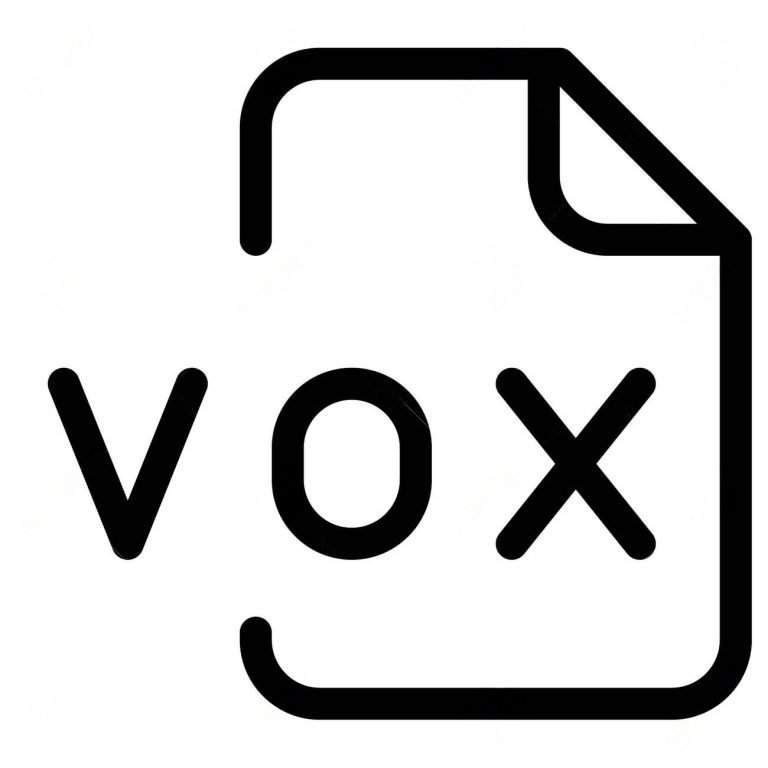.VOX File Extension

Voxlap Voxel Model File
| Developer | Ken Silverman |
| Popularity | |
| Category | 3D Image Files |
| Format | .VOX |
| Cross Platform | Update Soon |
What is an VOX file?
The .VOX file extension is associated with a particular type of file format used for storing various types of data, commonly associated with 3D voxel graphics and modeling.
The name “VOX” itself is derived from the term “voxel,” which refers to a volumetric pixel, representing a value on a regular grid in three-dimensional space.
These files are primarily used for representing volumetric data in applications related to 3D modeling, game development, and medical imaging.
More Information.
The .VOX file format’s history is closely tied to the evolution of 3D graphics and modeling technologies. It emerged as a solution to efficiently store volumetric data in a structured format, allowing applications to handle and render complex 3D environments with ease.
Its initial purpose was to provide a standardized way of representing voxel-based data, enabling compatibility across different software and platforms.
Origin Of This File.
The origin of the .VOX file can be traced back to the needs of applications requiring a compact and efficient way to store volumetric data. Initially, it gained popularity in the gaming industry for representing three-dimensional voxel-based environments.
Its usage expanded to other domains, including medical imaging, where the precise representation of volumetric data is crucial for diagnostic purposes.
File Structure Technical Specification.
The .VOX file structure is defined by a set of specifications that outline how data is organized within the file. Typically, it includes information about the dimensions of the voxel grid, color information, and additional metadata.
The technical specifications ensure that software applications can interpret and manipulate the data accurately. Understanding these specifications is crucial for developers and users working with .VOX files.
How to Convert the File?
Converting .VOX files may be necessary for compatibility with different software or platforms. Several tools and methods exist for this purpose, each catering to specific needs.
Advantages And Disadvantages.
Advantages
- Compact Storage: .VOX files offer a compact way to store volumetric data, making them efficient for applications that require large datasets.
- Compatibility: The format is widely supported across various 3D modeling and game development software.
- Ease of Rendering: The voxel-based nature of .VOX files simplifies rendering, making them suitable for real-time applications.
Disadvantages
- Limited Features: .VOX files may not support advanced features found in other 3D file formats.
- Not Standardized for All Applications: While widely used, some applications may prefer alternative formats, limiting interoperability.
How to Open VOX?
Open In Windows
To open .VOX files in Windows, users can utilize compatible 3D modeling software such as MagicaVoxel or dedicated voxel editors. Simply open the application and use the “Open” or “Import” feature to access .VOX files.
Open In Linux
Linux users can leverage software like Goxel or engage in command-line tools to manipulate .VOX files. Terminal commands or GUI-based applications can facilitate viewing and editing voxel data on Linux systems.
Open In MAC
Mac users can employ applications like Sproxel or other voxel editing tools available on the macOS platform to open and work with .VOX files seamlessly.
Open In Android
On Android devices, various 3D modeling and visualization apps support .VOX files. Users can download compatible apps from the Google Play Store and import .VOX files for viewing and editing.
Open In IOS
iOS users can access .VOX files through dedicated 3D modeling apps available on the App Store. Similar to Android, users can import .VOX files and work with them on their iOS devices.
Open in Others
For other platforms and applications, compatibility may vary. Users should explore the specific capabilities of their chosen software and look for import or open options related to .VOX files.












